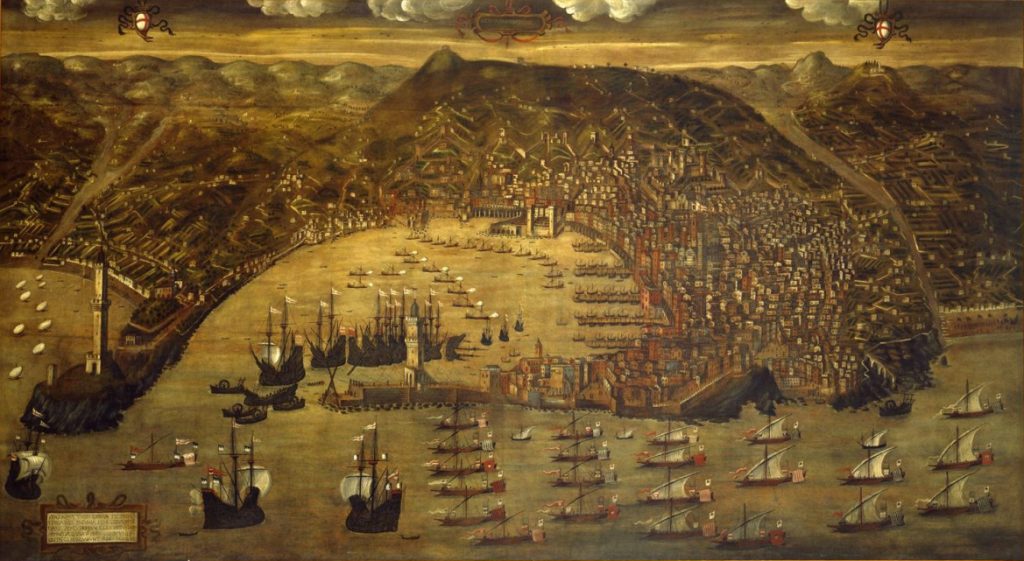Asia and the Mediterranean World
Date: 12-14 June, 2023
Venue: Villa La Pietra, NYU Florence
The Macedonian ruler Alexander’s military expansion across western Asia all the way to the northwestern regions of present-day India in the 4th century BCE triggered multiple forms of connections within the Eurasian world. This included the circulation of people, objects, and ideas, the impact of which reached Southeast and East Asia. During the later periods, Persian and Arab traders, South and Southeast Asian spices and Chinese porcelain, European colonizers and missionaries, Indian and Chinese migrants, and more recently the Project Mausam started by the Indian government and the Belt and Road Initiative (BRI) launched by the People’s Republic of China (PRC) have integrated the Asian and the Mediterranean worlds. However, as Ibn Battuta’s travels from Morocco to China in the 14th century indicate, actors from the African continent were also an integral part of this integrated world. Janet Abu-Lughod’s Before European Hegemony has brilliantly conceptualized the complexities of such “Afroeurasian” connections before colonial connections. This conference explores these (longue durée) Eurasian/Afroeurasian connections through five panels and two keynote address.
The objective of the conference panels and the keynote addresses is, on the one hand, to understand the state of research on Eurasian/Afroeurasian interactions, and on the other hand to identify topics for future collaboration and curricular development within NYU’s Global Network University (GNU) platform. The roundtable for NYU GNU participants scheduled on the third day of the conference will be devoted to discussing these future collaborations and curricular development. The conference is intended to facilitate academic exchanges, foster future research, and produce deliverables to mark the academic content of event and establish a model for future NYU GNU collaborations.
Supported by
Global Opportunity Grant and Global Research Initiatives, NYU
Provost's Funds, NYU Shanghai
Henry Luce Foundation
Global Asia Programs in Abu Dhabi, New York, and Shanghai
Please RSVP via lapietra.events@nyu.edu, and specify which session/day you would like to participate.






